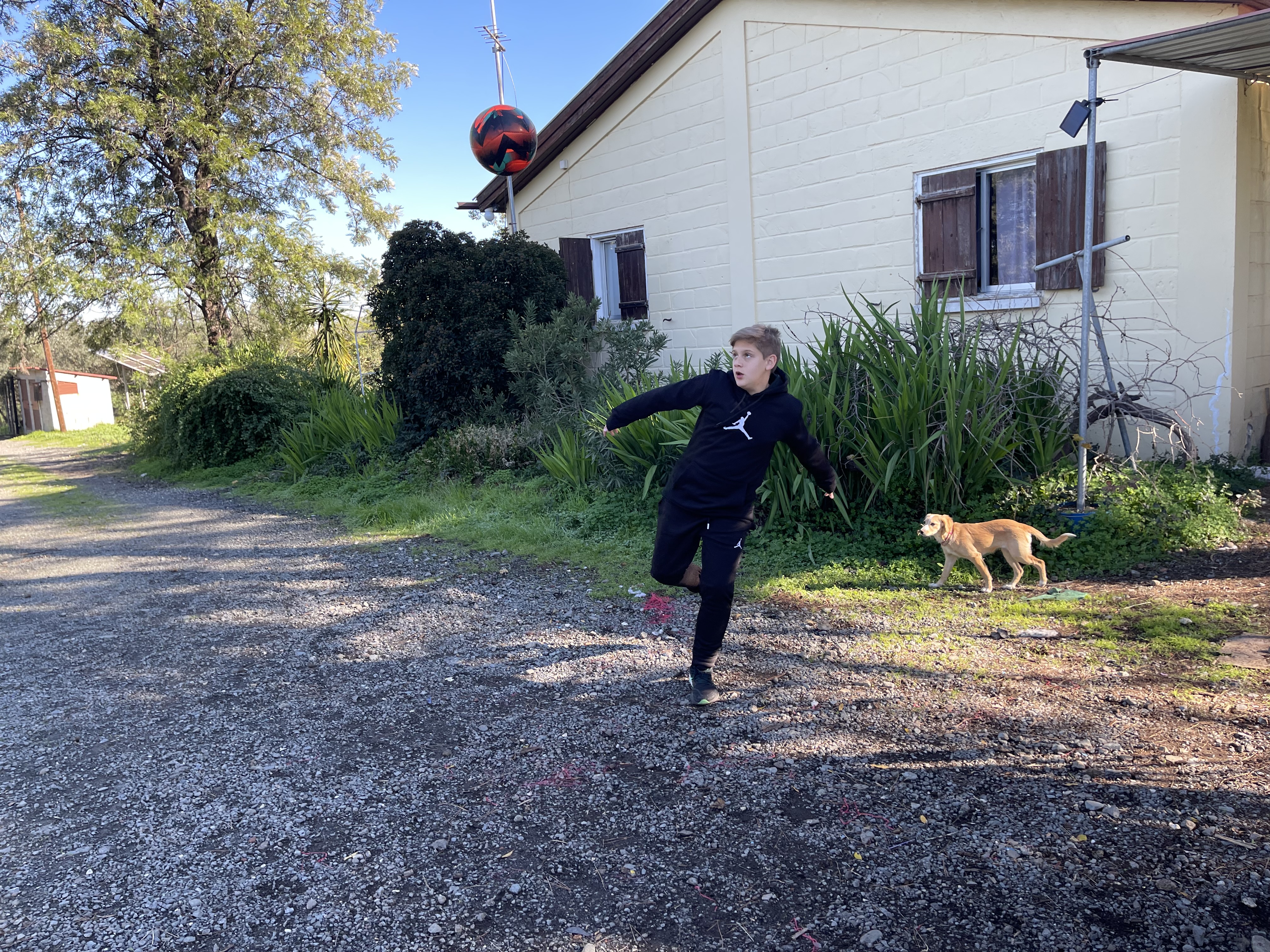When a co-worker turns the handle on the door that usually leads to a closet, opening it to reveal a terrace that definitely wasn’t there before, Annie and Edward, in whose apartment this takes place, start spinning ‘Terrace Stories, because when you are in a place that does not really exist, you can populate it with as many fables and legends as you like’. The title of Hilary Leichter’s novel, therefore, suggests that it is a fable or legend, but since everything that Annie and Edward tell Stephanie (the co-worker) on the terrace is believable – or at least believed – what we get is a book that questions the place and quantity of fiction in the functioning of our realities.
Terrace Story is divided into four sections, which work as standalone stories. When read together, the reader comes to understand that each story connects to all the others through a set of character interrelationships that would spoil too much if I were to spell them out. The first two stories are about couples, Annie and Edward, then Lydia and George. In them, Leichter manages to chart intimacy and its eventual demise with poignancy and wit, first against the backdrop of what seems like the present, then in a time where the world is gripped by the rapid extinction of everything from shrimp to crows. The third section is an extended character study that ties the rest of the book together, and paints a surreally human picture of Stephanie that evokes both sympathy and unease. Finally, Terrace Story moves to a post-apocalyptic future in which parallel spatial planes, and with them lost stories, tentatively come together.
Echoing through each story is its title: ‘Terrace’, ‘Folly’, ‘Fortress’, and ‘Cantilever’. These architectural features function as symbolic shorthand for the texts’ central preoccupations. This interweaving of the spatial with the personal might sound like it’s trying too hard to be smart, and there are moments where the reader’s struggle to grasp the way everything ties together becomes more of a frustration than a pleasurable challenge. But most of the time, Leichter’s writing manages to balance abstraction with fun in a way that is truly admirable. Largely, this is because Leichter’s characters, despite existing for relatively few pages each, are memorably and tenderly drawn.
In the end, Terrace Story becomes a reflection on the narratives that shape our lives, and the way in which our grasp on these narratives, even if we’re the ones making or telling them, is always partial and unsatisfactory. After all, as Rosie, the protagonist of ‘Cantilever’ muses, ‘The future and the past were on either side of a bridge, and no matter which way Rosie walked, the sun was in her eyes.’







Click here to change your cookie preferences